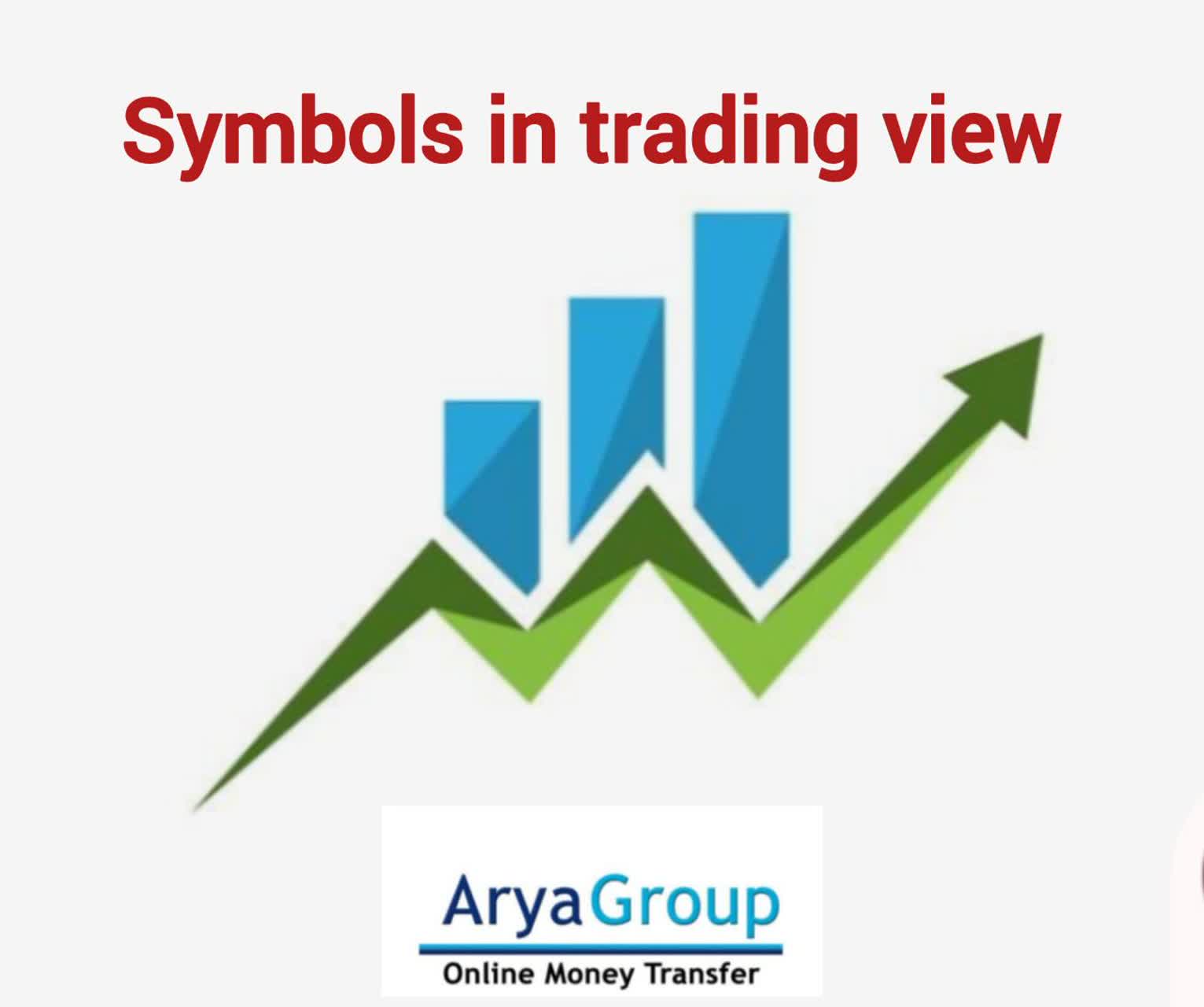Introduction to Symbol Search on TradingView

What are symbols?
Symbols, also known as tickers, are short representations of financial instruments that are traded or listed on specific exchanges. They can denote stocks, bonds, indices, cryptocurrencies, and other asset types. For instance, AAPL represents Apple Inc. shares, while SPX refers to the S&P 500 index.
The length of a symbol is determined by the rules of the exchange. For example, the New York Stock Exchange (NYSE) permits symbols of up to four characters, whereas Nasdaq may allow up to five in certain cases.
Additionally, the same financial instruments may be identified by different symbols on different exchanges. For example, Tata Motors' stock is labeled "500570" on the Bombay Stock Exchange (BSE), while it is referred to as "TATAMOTORS" on the National Stock Exchange of India (NSE).
Tickers can also signify economic data instead of just tradable assets. For instance, USINTR is the ticker for data regarding US interest rates.
How to access Symbol Search
The Symbol Search feature enables you to easily browse various symbols on TradingView.
To open the Symbol Search window, locate the search box near the main menu or use the shortcut Ctrl+K for Windows or Cmd+K for macOS.
With Symbol Search, in addition to tickers, you can explore:
• Community ideas for any symbol
• Custom scripts created with our unique Pine Script® language
• Individuals to follow
• Curated watchlists, known as Sparks, to help you begin your market research
Be sure to check out each of these areas on our platform. We believe that trading should be a social experience and emphasize the importance of connecting you with fellow traders.
In the search box, enter the specific symbol or a term associated with the symbol you’re interested in. For example, the symbol for the British Pound is GBP, but you can simply type "pound" to see all related symbols.
In the Symbol Search window, every row features the symbol characters on the left, a description in the center, and the data source on the right. For instance, in the first row of the image, the symbol is "GBPUSD," the description is "British Pound/US Dollar," and the data source is FXCM (Forex Capital Markets). When searching for symbol characters such as "OIL," be sure to verify the correct symbol by reviewing its description, as different symbols may share the same characters or even look identical.
To help you locate the specific symbol you're looking for, you can apply different filters. Initially, there are tabs that categorize the list based on asset types, including stocks, funds, futures, forex pairs, cryptocurrencies, bonds, economic data, and options. Each tab also features its own filtering options that allow you to specify the country, type, category, source, sector, or exchange based on your preferences.
Once you locate the right symbol, move your cursor over it and select one of the two options:
• Launch chart: This will open our Superchart, allowing you to analyze the chosen symbol.
• See overview: This will take you to the symbol's page on TradingView, where you can access a comprehensive range of information, including fundamentals, news, technical analysis, community insights, and more related to the selected symbol.
Symbol Search in Supercharts
You can access Symbol Search through our Supercharts, and it includes some distinct features worth noting. The Symbol Search button is located to the left of the upper toolbar on Supercharts, but you can also initiate the search window by just beginning to type.
A major distinction in searching for symbols on the chart is found in the Options tab. Instead of displaying a list of specific contracts, it shows the underlying assets. When you select one, you can view the option chain, which includes details about calls and puts, as well as ask and bid prices, implied volatility, and additional information.
Another distinction is that you can create different kinds of equations using various symbols. For instance, if you're interested in the combined price of Nvidia and Apple stocks, simply enter NVDA+AAPL and hit Enter. This allows you to generate spread charts, which offer a fresh viewpoint on the value of financial instruments and can assist traders in reducing risks.
 English
English
 فارسی
فارسی

Add New Comment